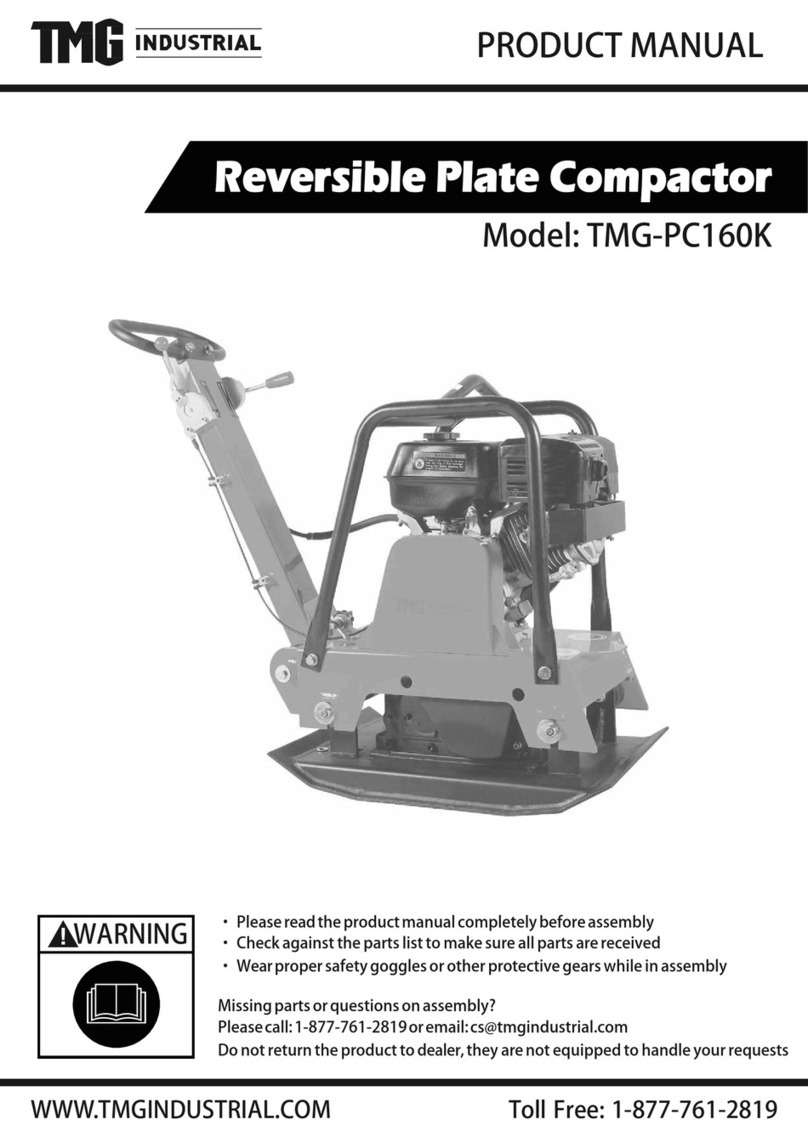
4
This manual provides information and procedures to safely operate and maintain this
model. For your own safety and protection from injury, carefully read, understand and
observe the safety instructions described in this manual.
Keep this manual or a copy of it with the machine. If you lose this manual or need an
additional copy, please contact Tomahawk Power. This machine is built with user safety
in mind; however, it can present hazards if improperly operated and serviced. Follow
operating instructions carefully. If you have questions
about operating or servicing this
equipment, please contact Tomahawk Power.
The information contained in this manual is based on machines in production at the
time of publication. Tomahawk Power reserves the right to change any portion of this
information without notice. No part of this publication may be reproduced in any form or
by any means, electronic or mechanical, including photocopying, without express
writ
ten permission from Tomahawk Power.
Any type of reproduction or distribution not authorized by Tomahawk Power rep-
resents an infringement of valid copyrights and will be prosecuted. We expressly reserve
theright to make technical modifications, even without due notice, which aim at
improving our machines or their safety standards.
1.
SAFETY INFORMATION
1.1
Safety Precautions
This manual contains DANGER, WARNING, CAUTION, and NOTE callouts which must be
followed to reduce the possibility of personal injury, damage to the equipment, or
improper service.
DANGER
WARNING
CAUTION
This is the safety alert symbol. It is used to alert you to potential personal injury
hazards. Obey all safety messages that follow this symbol to avoid possible
injury or death.
DANGER indicates an imminently hazardous situation which, if not avoided, will
result in death or serious injury.
WARNING indicates a potentially hazardous situation which, if not avoided,
could result in death or serious injury.
CAUTION indicates a potentially hazardous situation which, if not avoided, may
result in minor or moderate injury.





























